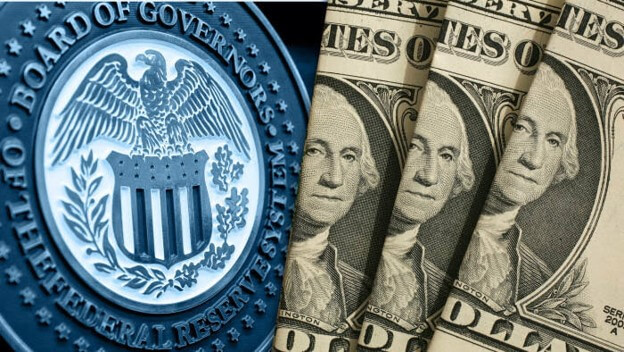
Dollar firms as traders wait for inflation data
The U.S. dollar struggled to hold on to its gains on May 27 as more investors evaluate whether the FED is edging closer to talking about tapering its asset purchases. Remarkably, traders wait for this week’s closely observed U.S. inflation data.
The dollar against the euro and the yen held late Wednesday gains early in the Thursday Asia session.
The euro stood at $1.2199. Meanwhile, the yen traded close to a one-week low at 109.13 per dollar. The British pound fell to a week-low of $1.4136 before rebounding slightly.
Federal Reserve officials have this week downplayed immediate concerns about inflation, prompting a knee-jerk policy response. But they have made a subtle shift in tone by acknowledging that the time to talk about policy changes might be approaching.
However, most analysts believe the Fed talking about reining in its asset purchases is some way off, limiting any recovery in the dollar.
The risk-sensitive New Zealand dollar increased to as high as $0.7304, below its Wednesday high. The Australian dollar surged 0.1% to $0.7753.
The near-term spikes in the dollar should be short-lived
Investors are waiting for U.S. inflation data due on May 28 as investors gauge the extent of a rise in price growth in the last months.
Economists anticipate core PCE (personal consumption expenditures) prices to increase 2.9% year-on-year in April, compared with a year-on-year boost of 1.8% a month earlier.
According to ING analysts, the near-term spikes in the dollar should be rather short-lived, particularly when the eurozone economic data are set to resume improving.
Remarkably, the latest fretting about inflation was triggered when data in mid-May revealed April U.S. CPI running at an annual clip of 4.2%. However, it is still well above forecasts for 3.6%.
It has given greenback bears pause for thought, hindering a downtrend in the dollar index and hemming most majors into ranges while the world expects more data to learn whether the lift is transitory.


